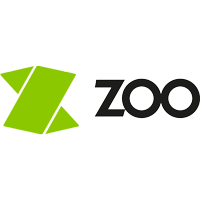On May 17, 2018 over 80 language industry leaders gathered at the stunning Nobu Hotel in Shoreditch for the 2018 edition of SlatorCon London. Participants represented a diverse mix of industry stakeholders from end buyers, vendor CEOs, analysts, and investment bankers involved in industry M&A. Delegate profiles cut across the spectrum from pharma to game and media localization, digital marketing and more, with many traveling in from outside of the UK.
Against the backdrop of a growing industry, the mood was upbeat. However, fast progressing neural machine translation and its effects on pricing, the supply chain, and client expectations injected a mild dose of anxiety about the future. While in 2018 it’s easy to put neural MT at the center of every language industry discussion, SlatorCon had a much broader focus.
Currently, one of the fastest growing industry verticals (and one that is still relatively untouched by NMT) is media localization. And ZOO Digital CEO Stuart Green confirmed in his presentation that “demand is outstripping supply”.
ZOO has developed a cloud-based media localization platform, which is challenging the old ways of providing services such as subtitling, dubbing, and voiceover. Dubbing, for example, would traditionally involve bricks-and-mortar operations and require the voice artist to physically be present at a studio. ZOO’s platform does away with that, allowing talent to work from home.
ZOO has struck big over the past two years as Netflix and other over-the-top content (OTT) providers expanded so aggressively across many international markets that the existing media localization infrastructure could barely cope. The result was exceptional revenue growth and a skyrocketing share price.

